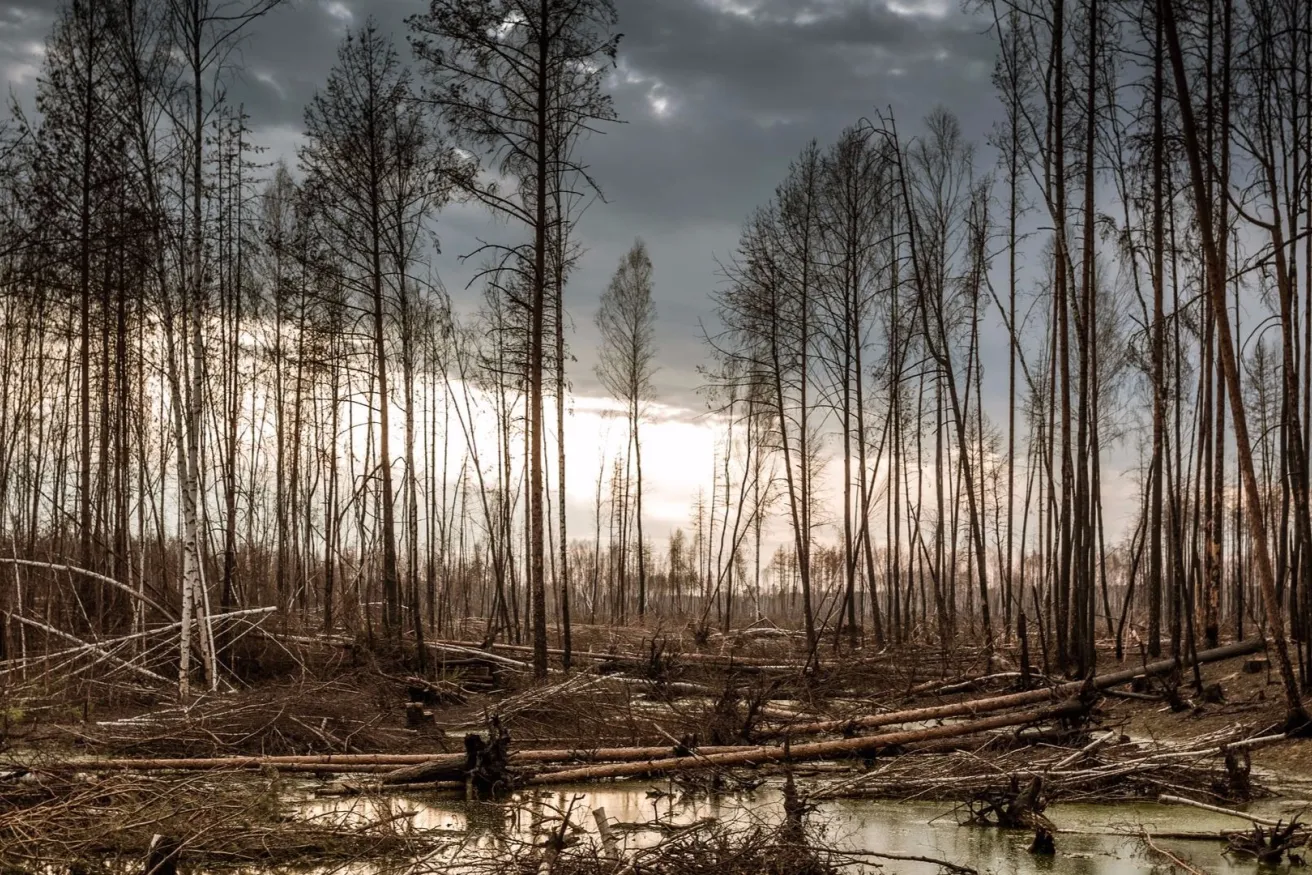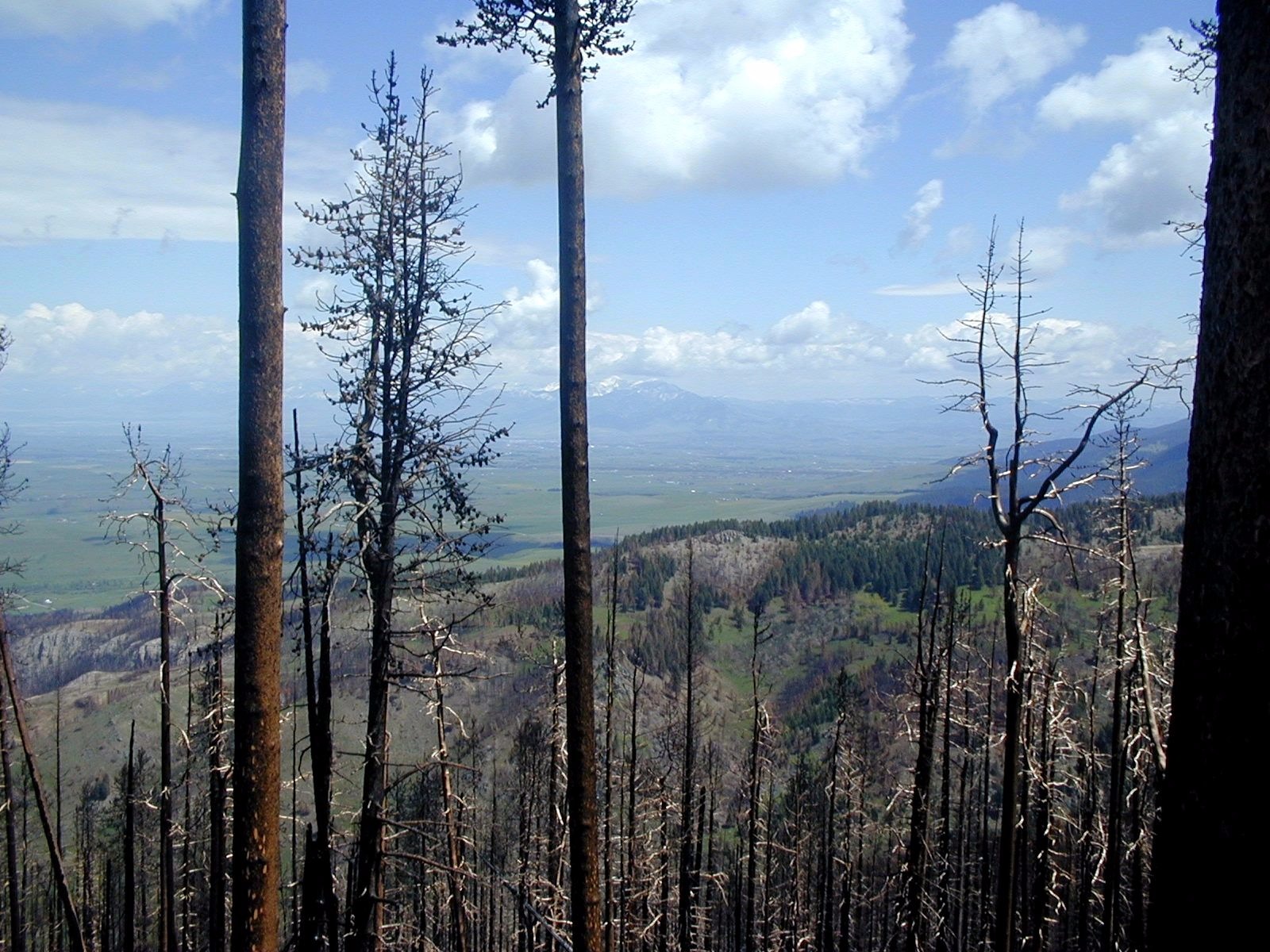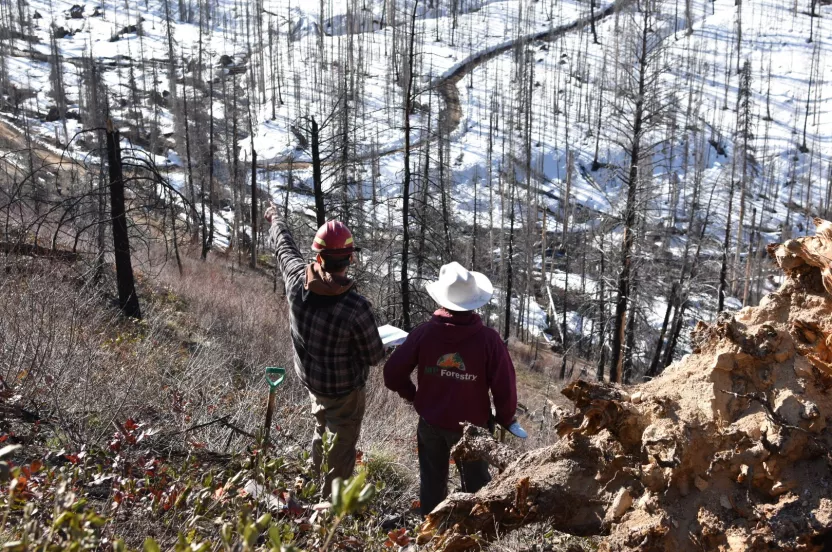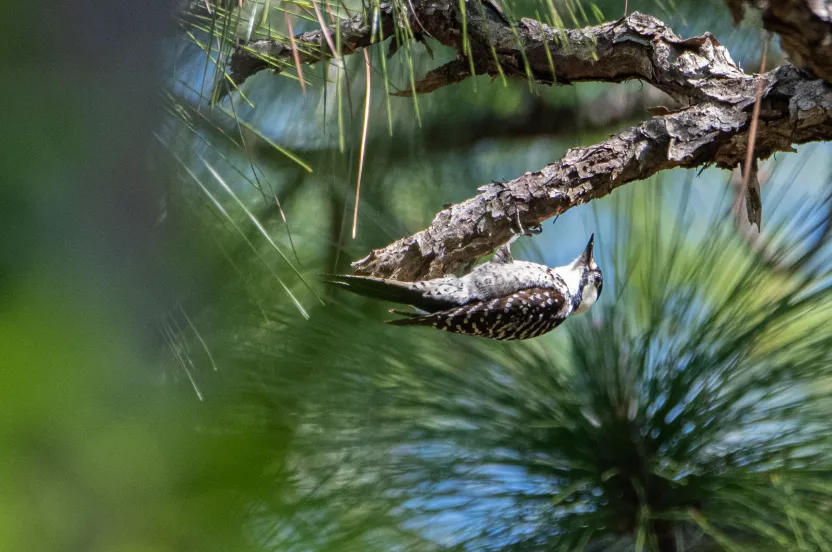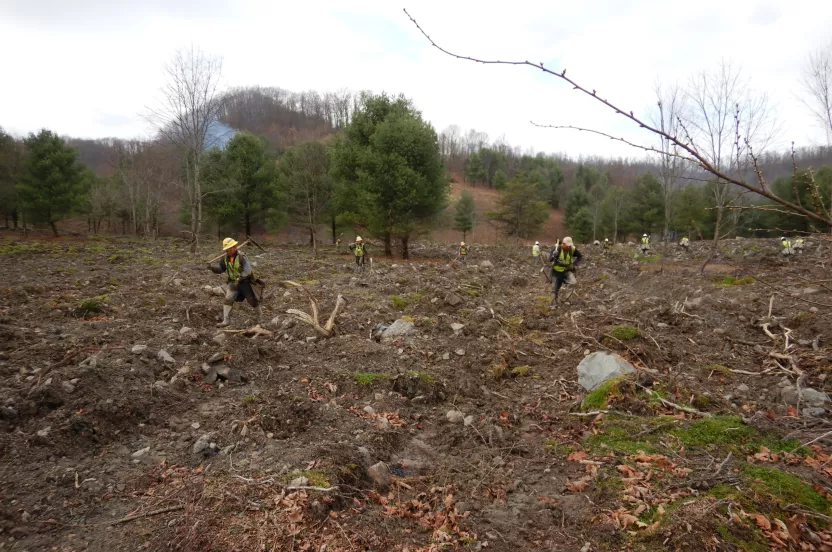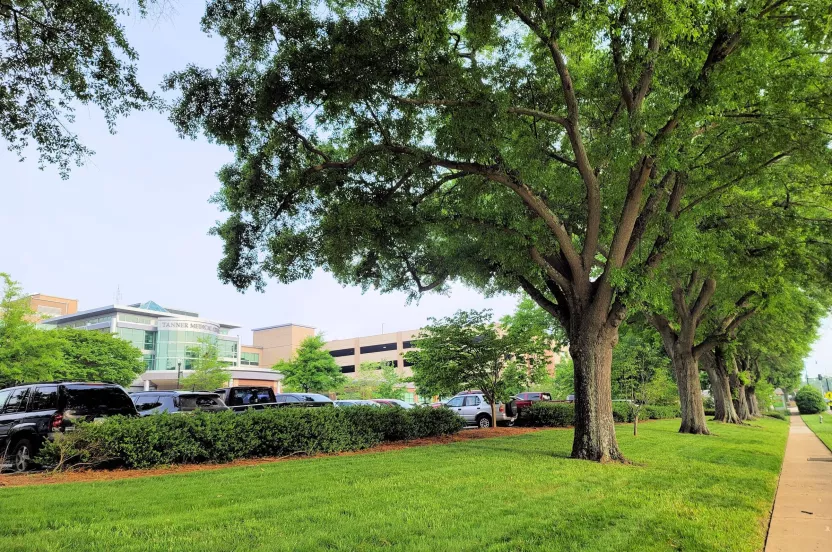Now live: The 2025 Canopy Report. Learn how Americans see trees. GET THE REPORT
The aftereffects of wildfires is devastating to wildlife and the natural landscape
When fires sweep across forests, the sight of these charred landscapes is devastating. Thousands of trees are burned and hundreds of wildlife species are left without cover. Many animals instinctively flee forests once flames begin, but for many young and small animals, their plan of escape fails, leaving them vulnerable. The effects of wildfire doesn’t end once the flames are extinguished. It is a long path to recovery and we are determined to be a part of it.
This year marks the 27th year the Arbor Day Foundation and the U.S. Forest Service have partnered together on forest restoration projects. In 1990, we offered our support and the desire to focus reforestation efforts on urgent, large-scale projects on federal lands. The first project we supported was on Gallatin National Forest, restoring forestland lost to a 1988 wildfire complex that burned areas in and around Yellowstone National Park.
Fire season is underway and large wildfires are burning in Nevada, Arizona, New Mexico, Utah, Washington, and California. As I write this, nearly 10,000 firefighters and personnel are spread across the country battling blazes. There are currently 39 active large fires that have burned close to 500,000 acres in eleven states. It is only July.
There is debate in forestry around management practices and fire suppression, whether to allow forests to regenerate naturally or prepare them for reforestation. We have dedicated resources toward restoring critical watersheds and ecosystems that have burned so hot, that natural regeneration is not a viable solution. Half of the costliest wildfires in U.S. history have occurred in the last decade. Our vision is for healthy forests for the future—how can we be of service right now.
After 27 years of partnership, the need for reforestation is still great. There are 700,000 acres of planting backlog and the number is rising. This equates to more than 150 million trees needed to restore critical watersheds on public lands. Roughly 88% of the backlog is due to high-intensity fires burning across the landscape. According to the Forest Service, the 2015 fire season set a new record for the number of acres burned in the United States. Between January 1 and December 30, 2015 there were 68,151 wildfires, which burned 10,125,149 acres. The scale of these fires has increased to the degree that they themselves have become significant contributors of greenhouse gas emissions.
Read How are we Celebrating our 60 Millionth Tree?
These replanting projects are doing more than bringing trees back to barren landscapes, they’re bringing endangered and threatened species habitat back to the forests, preserving critical watersheds, and improving air quality.
Join us in our mission. Visit Replanting our Forests to learn more and see the impact we’re making on our forests around the globe.
